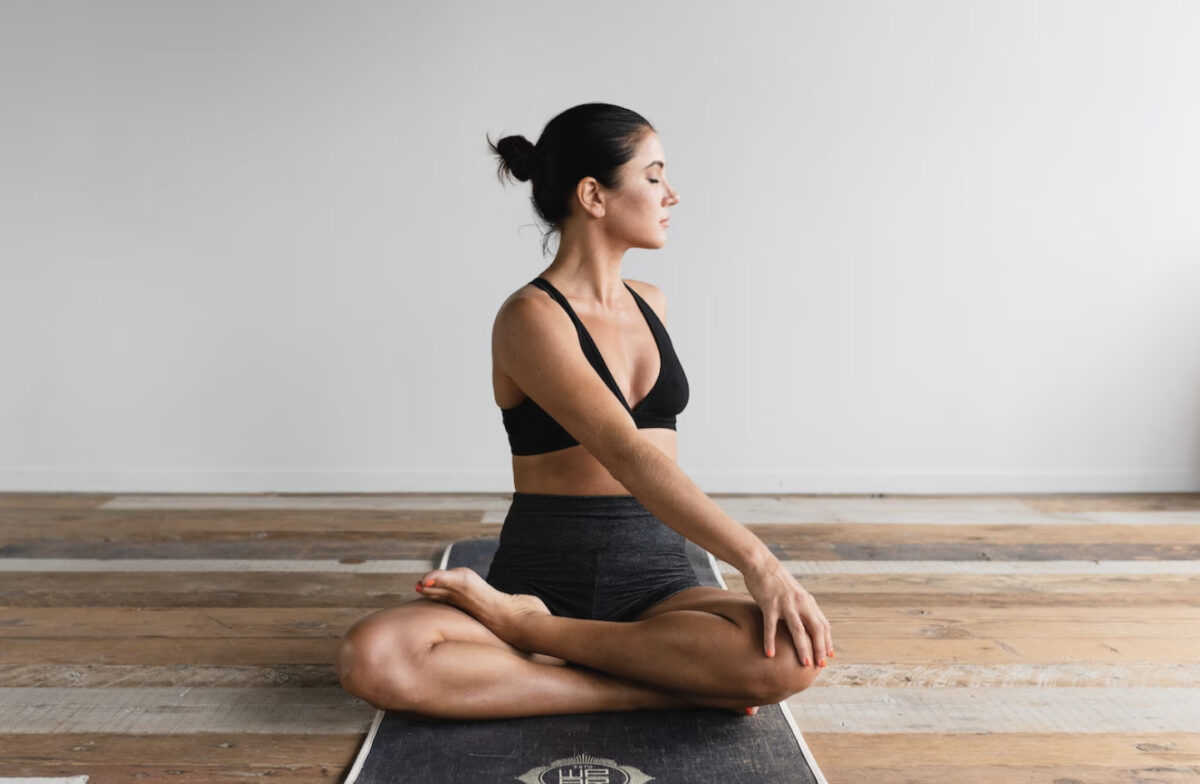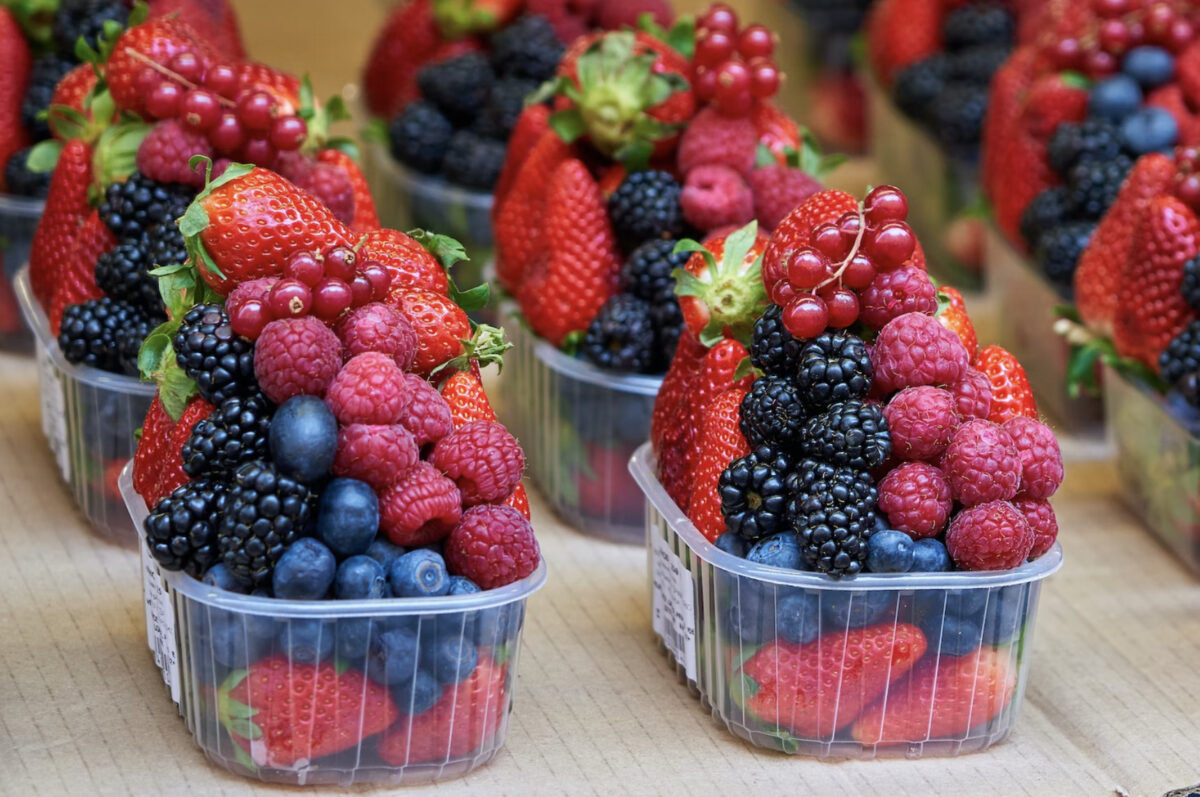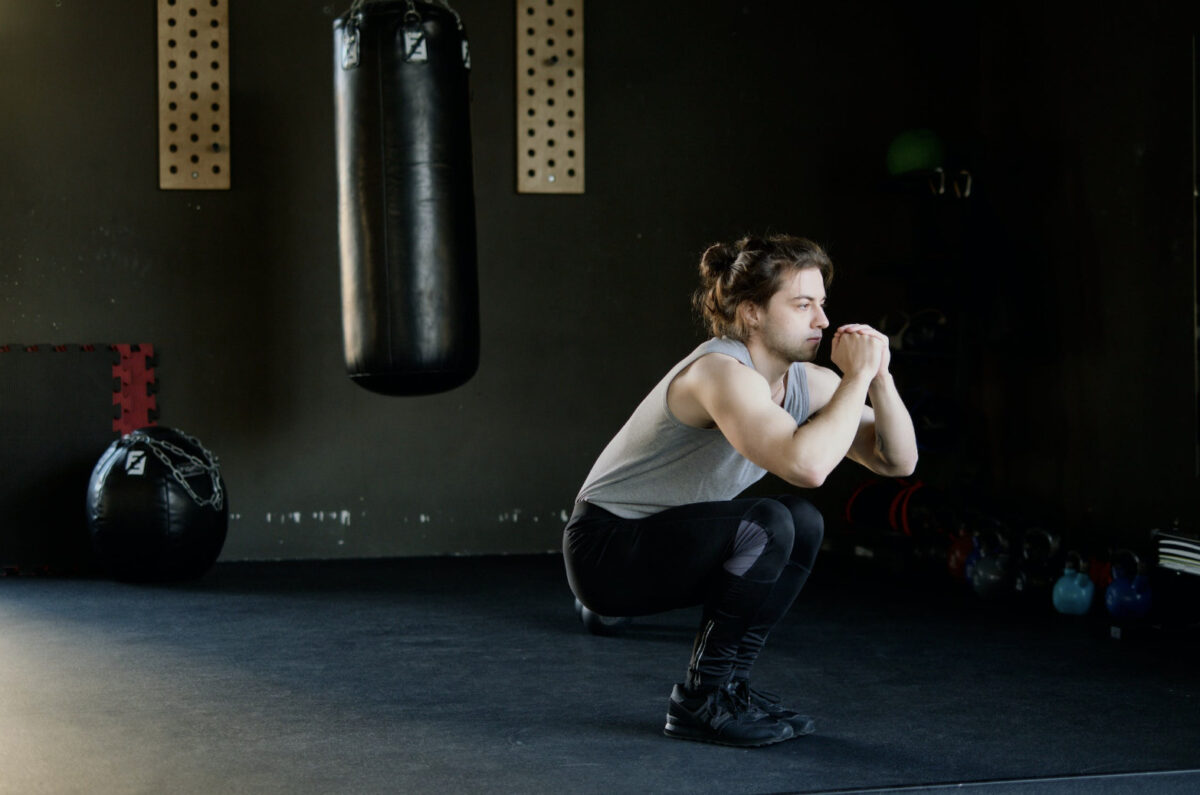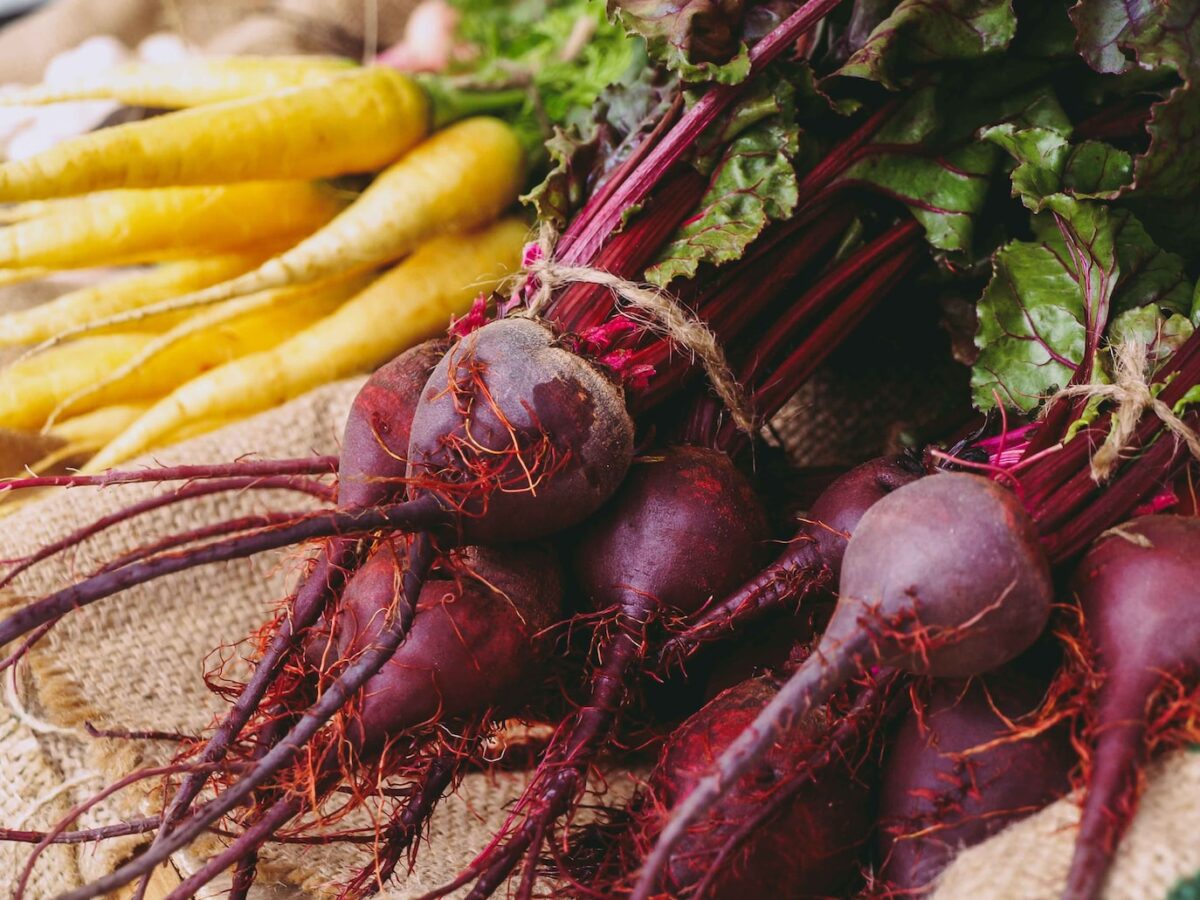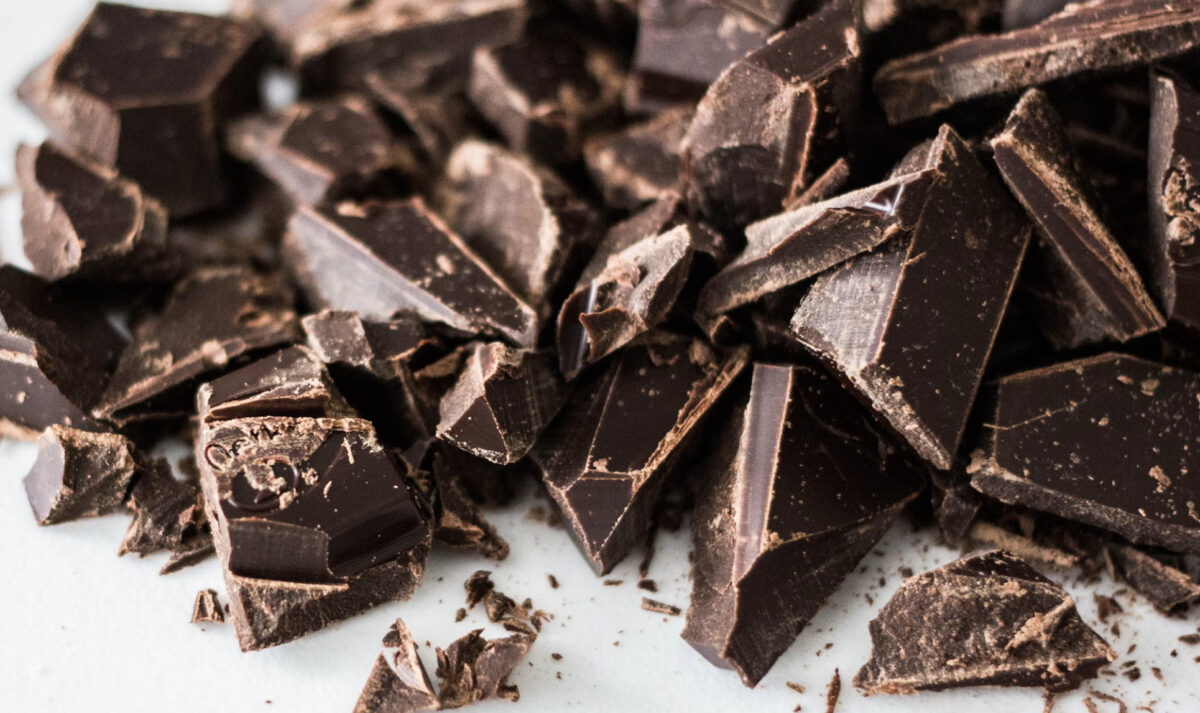By: Grace Lindsey, BA, Certified Life Coach
As magical as the holiday season can be, it can also be stress inducing, triggering and overwhelming. We often have high expectations of what it “should” be like and put pressure on ourselves to make it so. From buying everyone meaningful gifts, to the family member with the same questions every year, to feeling lonely in a room full of people, the holiday season is uniquely complex for many.
How can we ‘de-stress’ our approach this year and bring more joy?
First, let’s start with letting go of whatever image and expectation you have of the holidays. Suffering and internal conflict occur when reality differs from our original blueprint. Try letting go of any and all expectations, radically accept an element of chaos, and see how you show up to this year’s holiday event. Acceptance is a surprisingly powerful tool when it comes to stress and our emotions.
Secondly, adopt an approach of gratitude and appreciation. Did you know that being in a state of gratitude on a regular basis starts to re-wire our brains by producing the feel-good chemicals such as dopamine and serotonin? It literally brings calm to our entire nervous system. We may not be able to control what is going on around us, but we can control how we choose to respond. Cultivating a state of gratitude is almost guaranteed to shift your focus and bring you peace in what could be a potentially stressful situation.
“Yeah, but all of these things are easier said than done.” I hear you say. You are correct. Here are a couple of tips to get you started.
- One simple way to change and challenge a feeling or emotion is to interrupt it by asking yourself a question. When you feel stressed or overwhelmed, ask yourself this: “Is this something that is within my control?” And if it’s not, I propose you let it go by redirecting your focus onto one small thing you can control. Make a cup of tea, go for a walk, pet the dog, pour a glass of wine, control something else that brings you closer to a calmer and more peaceful state.
- Another great question to ask yourself as a negative emotion emerges is, “What could I be grateful for in this moment?” Your answer can be as simple as the coffee you are sipping, to the smile on children’s faces while playing with their new toys.
In summary, here are my 5 steps to go from overwhelm to joy this holiday season, or any time for that matter…
- Get rid of your blueprint – it isn’t serving you anymore.
- Radically accept an element of chaos.
- Let go of all expectations you have of yourself and the occasion, and have a gratitude mindset.
- Take a deep breath, focus on something you can control.
- Ask yourself, “what can I be grateful for in this moment?”
And don’t forget to go easy on yourself this year. You deserve it.


